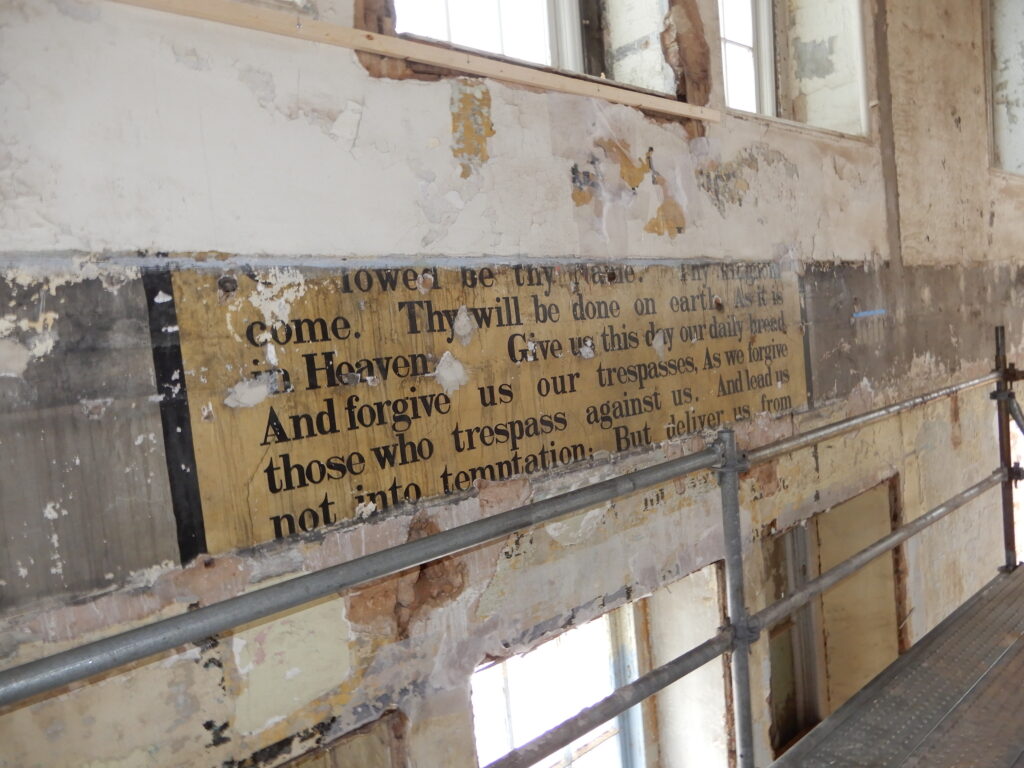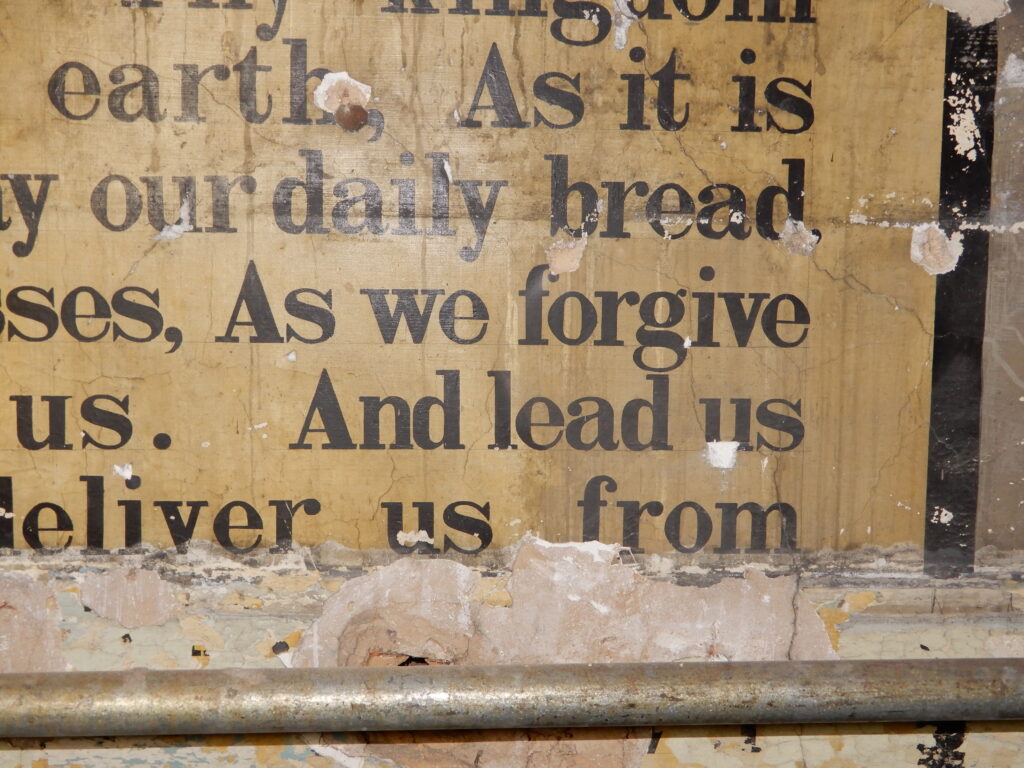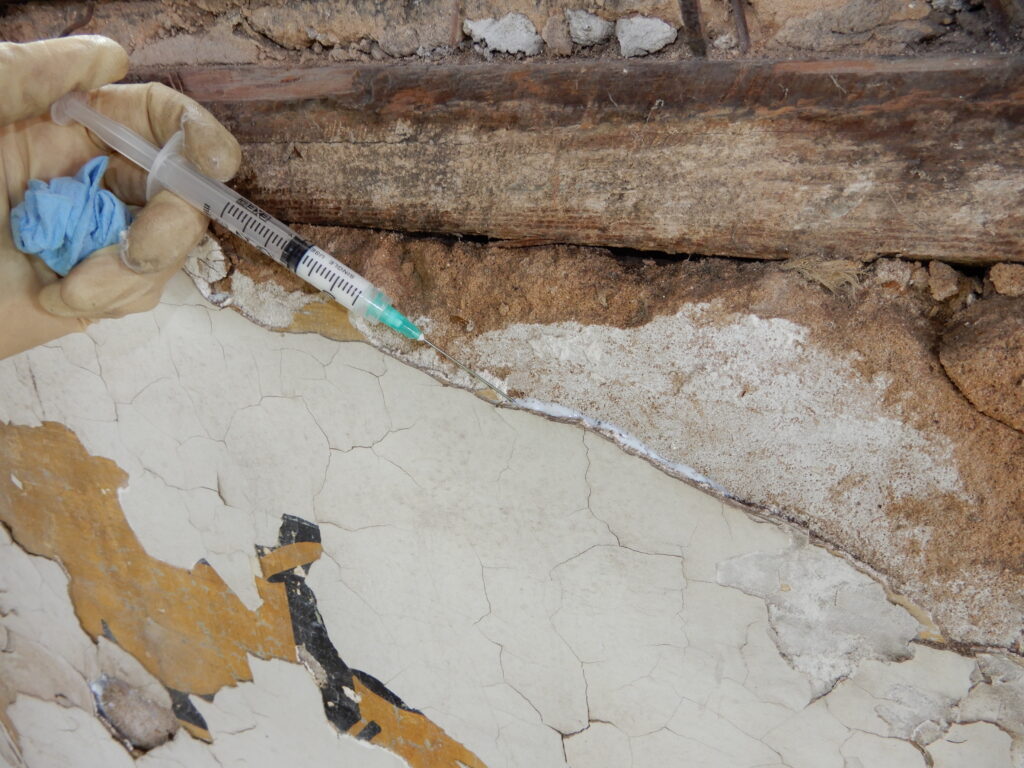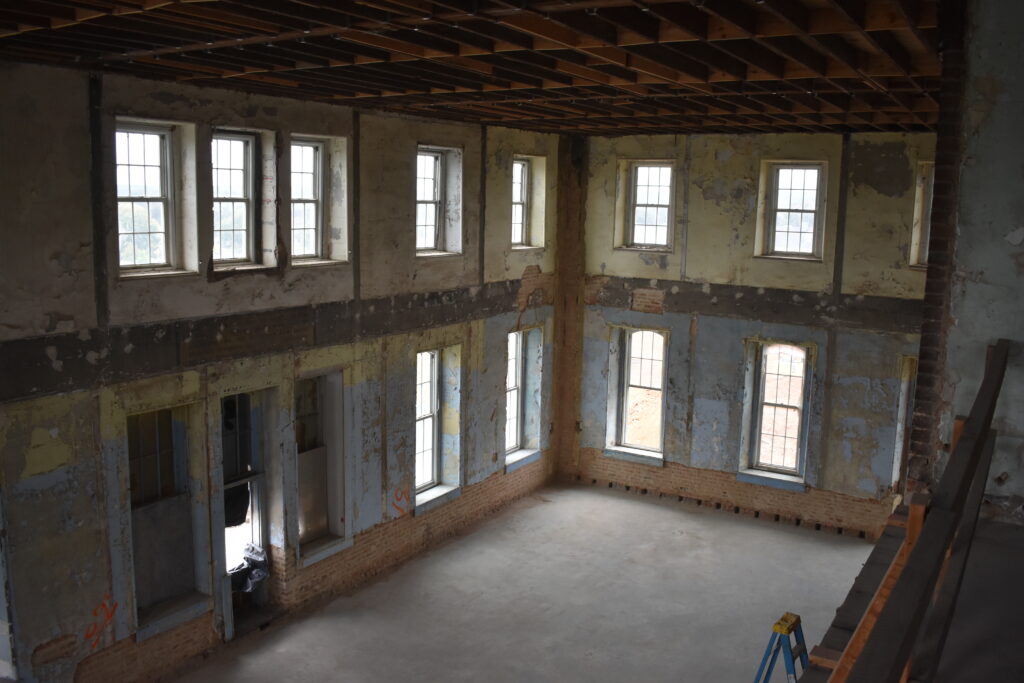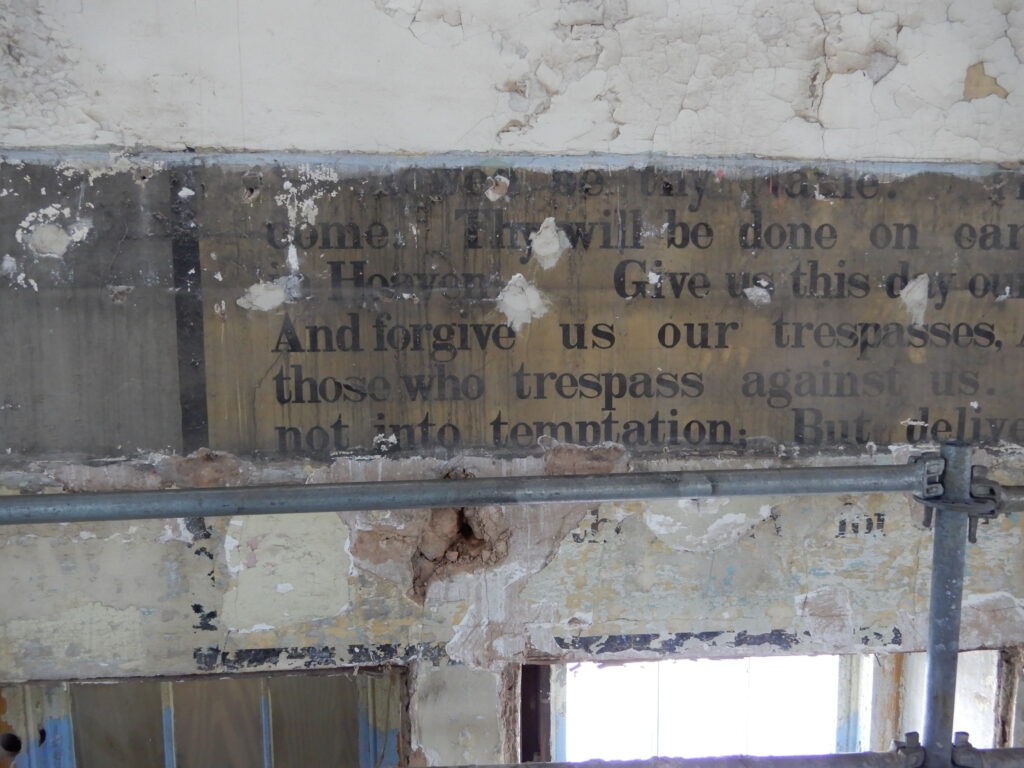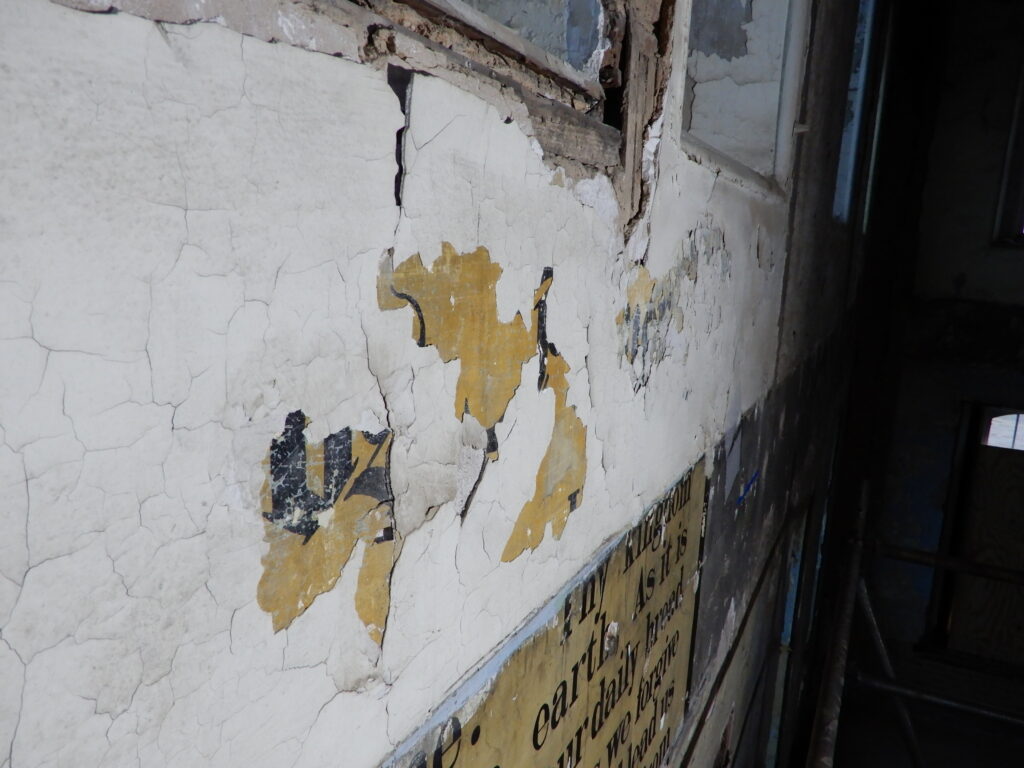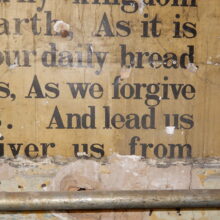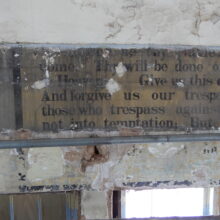Bryce Hospital
Bryce Hospital, originally known as the Alabama Insane Hospital, was Alabama’s oldest and largest inpatient psychiatric facility. It was established by the state Legislature in 1861 as a way to begin creating the state’s mental healthcare system. It was designed by Samuel Sloan as an Italianate four story building which used the Kirkbride Plan as a guide for spatial design; the Kirkbride Plan was a design system for psychiatric institutions in the mid-to-late 19th century advocated by American psychiatrist Thomas Story Kirkbride, which emphasized the need for exposure to natural light and air circulation for successful treatment. The hospital became a focal point for the civil rights movement in the US following the 1971 federal lawsuit Wyatt v. Stickney, which changed the landscape of mental health care across the country by establishing a patient right to a minimum standard of care.
Changes to the building have been made over time, including the 1884 portico, as well as numerous expansions between 1885 through the 1950s, where the hospital went from housing a few hundred individuals to around 5,000. The building is currently owned by the University of Alabama, whose hope is to rehabilitate the space into a new performing arts complex.
In 2022 EverGreene was brought in by the University of Alabama when a historic mural was found after the removal of a post-historic floor in the central pavilion of the historic Bryce Hospital administrative complex known as the Main Building. The mural consists of the text of the Christian prayer know as the Lord’s Prayer, painted in black lettering over an ochre background, bounded by a wide black border on all four sides. EverGreene conservators performed a conditions assessment of the plaster and painted features, followed by a series of treatment tests, some general cleaning and plaster consolidation, and the installation temporary stabilization until adaptive reuse work is completed. Paint analysis and color matching was also performed off site for use in future conservation and restoration efforts.
